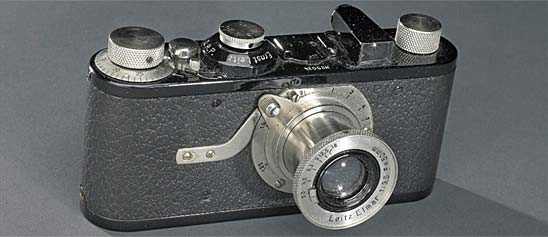Tintype studio portrait of a group of four people - two men, a boy and a woman, all wearing hats and lined up behind a car prop -a board cut and painted to look like an early sedan.The NMAH Photo History Collection (PHC) has over 3000 tintype photographs dating from the beginning
- Description (Brief)
-
Tintype studio portrait of a group of four people - two men, a boy and a woman, all wearing hats and lined up behind a car prop -a board cut and painted to look like an early sedan.
- Description
-
The NMAH Photo History Collection (PHC) has over 3000 tintype photographs dating from the beginnings of the process in 1856 to the present. ‘Tintype’ was coined and became the favored name.
-
Tintypes in the PHC are found in albums, the Kaynor Union Case collection and as individual photographs. The original tintype process patent was assigned to William and Peter Neff in 1856. William Neff died a short time later, but his son Peter, who named the process Melainotype, continued on with his work. The earliest tintypes in the PHC are a group of more than thirty Peter Neff Melainotypes, some of which date back to 1856 and contain notes written by Peter Neff. Shortly after the Melainotype, Victor Griswold introduced a very similar process on thinner, lighter iron plates and called them Ferrotypes. The PHC has tintypes ranging from rare large images between 5”x7” and 10”x12”down to small images cut to 6mm diameter to fit jewelry. The Melainotypes are between 1/6 plate and 4”x5” in size and many have indistinct images. There are also unexposed Melainotype plates including a pack of 1/6 plates and large whole-plates with four decorated oval borders that were designed to be cut into smaller quarter plates after exposure.
-
The great majority of tintype photographs are studio portraits, including the very popular ‘Gem’ size (about ¾” x 1”). Almost every gem tintype in the PHC is an individual head and shoulders portraits, the only exceptions seen being a full length portrait and a head and shoulders portrait of a couple. Most of these gem portraits are in small gem albums designed to hold two to six gems per page. However, several gems are mounted on cartes-de-visite (CDV) size cards and set in specifically designed album pages. Some of these CDV mounted gems are in elaborate miniature frames attached to the card. The tintypes larger than gem size show a greater variety of subject matter, but still with a main focus on individual portraits, this is especially true of the smaller 1/16 and 1/9 plate images. Outdoor tintypes are rare. Of the few in the PHC, the most common outdoor subjects noted are people standing in front of their homes and photographs of people proudly standing with, or sitting on, their horse or horses and buggy. One of the largest tintypes is a 9”x 7” outdoor view of a row of townhouses with a couple standing on one of the balconies. There is also an outdoor tintype of men fishing along with another of their days catch.
-
One common subject in tintype photography, as noted in text books, is the civil war soldier. The durability of the tintype meant that photographs taken in the field could be sent home. However, this category of tintype is not well represented in the PHC, with less than thirty noted due to the fact that the majority of the Smithsonian’s Civil War tintypes are located mainly in the Military History Collection. Most of the PHC examples of Civil War tintypes are in the Kaynor collection of cased images.
-
A few of the tintypes in the PHC are hand colored. This coloring varies from light tinting of faces and hands to heavy overpainting that obscures the underlying tintype image. A number of the tintypes (about 30) depict people with the apparatus of their occupations. Some are posed studio shots and others appear to be photographs of people at their place of work. Among the occupational views are images of a doctor, grocery deliveryman, weavers, fireman, ice delivery man, craftsman, cobbler, shoe shiners, mail carrier, surveyor, pipe liners and other tintypes of people wearing work clothes and posing with tools. These include a unique full-length gem tintype of a man in work apron with a saw.
- date made
-
ca 1900
- ID Number
-
1984.0669.14.2
- accession number
-
1984.0669
- catalog number
-
84.669.14.2
